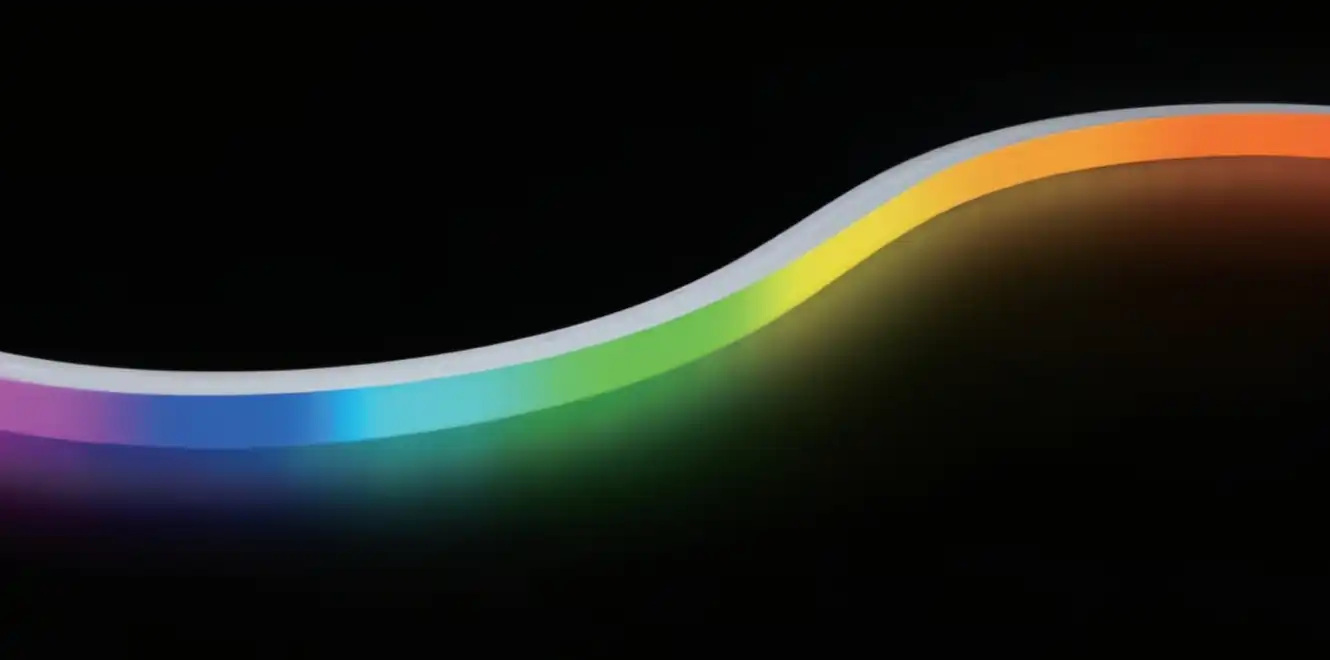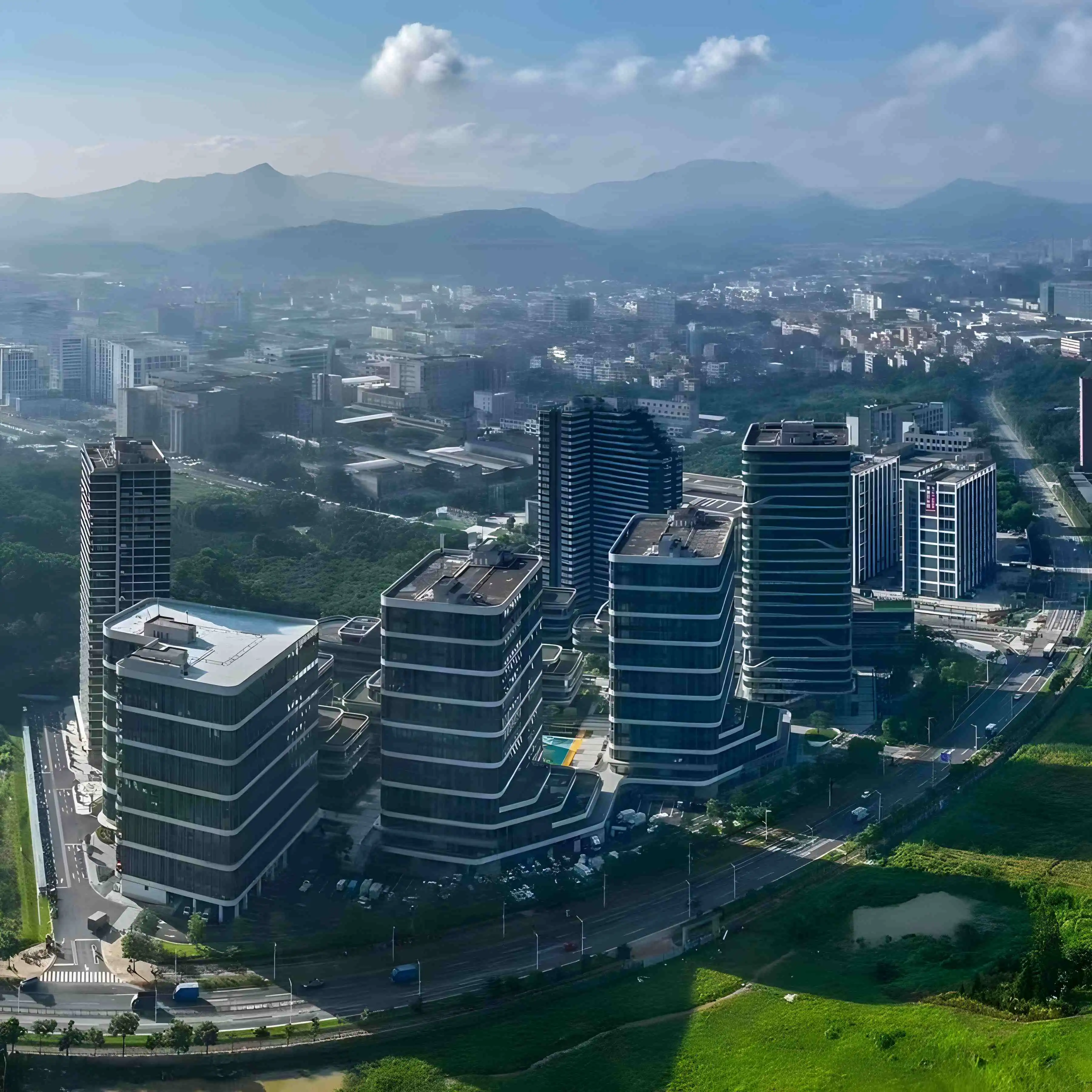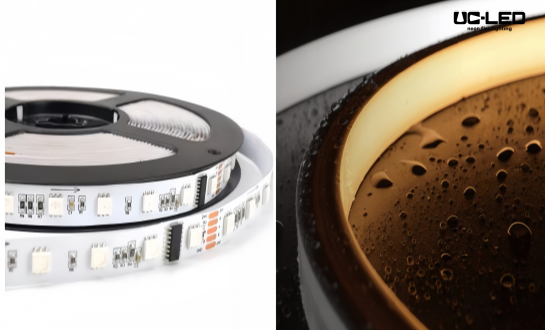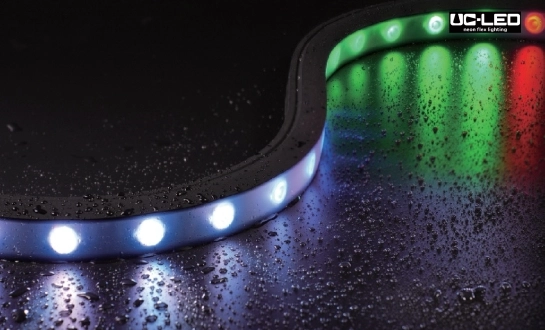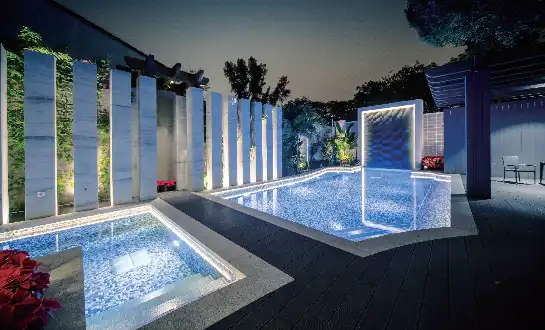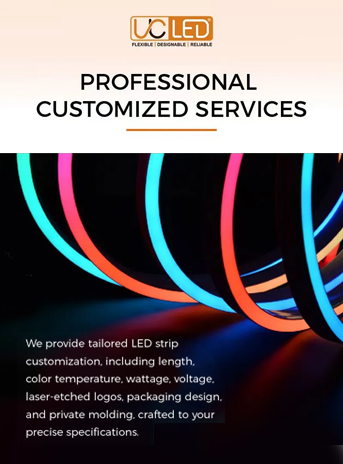Comprehending LED Neon Flex: The Flexible Lighting Solution
What is LED Neon Flex?
LED neon flex, also known as flexible led neon tube light, is a modern lighting solution that mimics the look of traditional neon lights while offering superior flexibility, energy efficiency, and durability. Unlike conventional neon tubes, LED neon flex consists of a series of LED chips encased in a flexible silicone or PVC housing, allowing for easy bending and shaping to create custom designs.
Advantages of LED Neon Flex for DIY Projects
DIY enthusiasts gravitate towards neon flex LED 12V for several compelling reasons. Its flexibility allows for intricate designs and installation in tight spaces. The energy efficiency of LEDs translates to lower electricity bills and reduced environmental impact. Additionally, LED neon flex is safer to handle than traditional neon, as it operates at lower voltages and doesn't contain harmful gases. The long lifespan of up to 50,000 hours ensures your custom light installations will illuminate your space for years to come.
Types and Colors Available
LED neon flex comes in a variety of types and colors to suit different project needs. Single-color options are available in warm white, cool white, and a spectrum of vibrant hues. For more dynamic installations, RGB and RGBW versions offer color-changing capabilities, allowing you to create mesmerizing light shows. Some models feature addressable LEDs, enabling precise control over individual sections of the strip for even more creative possibilities.
Planning Your DIY LED Neon Flex Project
Designing Your Light Installation
Before diving into the installation process, it's crucial to plan your design carefully. Consider the space where you'll be installing the flexible led neon tube light and sketch out your ideas. Think about the mood you want to create and how the lighting will complement your existing decor. Whether you're outlining architectural features, creating wall art, or adding accent lighting to furniture, a well-thought-out design will guide your project to success.
Calculating Power Requirements
Accurate power calculations are essential for a safe and effective neon flex LED 12V installation. Determine the total length of LED strips you'll be using and check the power consumption per meter. This information will help you select an appropriate power supply. It's advisable to choose a power supply with slightly higher capacity than your calculations to ensure stable performance and allow for future expansion.
Selecting the Right Tools and Materials
Gathering the right tools and materials is crucial for a smooth DIY process. In addition to the LED neon flex strips, you'll need a power supply, connectors, mounting clips or channels, and possibly a controller for RGB strips. Essential tools include wire strippers, a measuring tape, scissors or a sharp utility knife for cutting the strips, and a drill for securing mounting clips. Don't forget safety equipment like gloves and safety glasses to protect yourself during installation.
Step-by-Step Guide to Installing LED Neon Flex
Preparing the Installation Surface
Start by thoroughly cleaning the surface where you'll be installing the flexible led neon tube light. Remove any dust, grease, or debris that could interfere with adhesion. If you're using mounting clips or channels, mark their positions according to your design plan. For outdoor installations, ensure the surface is completely dry and consider using a primer or sealant to protect against moisture.
Cutting and Connecting LED Neon Flex Strips
Measure your LED neon flex strips carefully and cut them to size using sharp scissors or a utility knife. Most strips have designated cutting points marked along their length. When connecting multiple strips, use appropriate connectors or solder the connections for a secure fit. If soldering, be sure to use heat-shrink tubing to protect the connections from moisture and short circuits.
Mounting and Securing the Light Installation
With your strips cut to size and connections made, it's time to mount your LED neon flex installation. If using mounting clips, secure them to the surface at regular intervals using screws or strong adhesive. Gently press the LED strip into the clips, ensuring it's held firmly but not squeezed too tightly. For a sleeker look, you can use mounting channels that completely encase the strip. Once mounted, connect the strips to your power supply and controller (if using), double-checking all connections before powering on your new custom light installation.
Troubleshooting Common Issues
Even with careful planning, you may encounter some challenges during your DIY LED neon flex project. If sections of your strip aren't lighting up, check for loose connections or accidental damage to the strip. Flickering lights often indicate power supply issues, so ensure your power supply is adequate for your installation. For outdoor installations, verify that all connections are properly sealed to prevent moisture ingress. If you're experiencing difficulty with color control in RGB strips, double-check the controller settings and connections.
Conclusion
Creating custom light installations with LED neon flex is an exciting way for DIY enthusiasts to transform their living spaces. The versatility and ease of use of flexible led neon tube light make it an ideal medium for expressing creativity and enhancing the ambiance of any room. By following this guide, you can confidently embark on your own LED neon flex project, bringing your unique lighting visions to life. Remember to prioritize safety throughout the installation process and don't hesitate to seek professional help for complex setups or electrical work beyond your expertise. For more information on LED neon flex and custom lighting solutions, feel free to reach out to us at Linda@uc-led.com.
